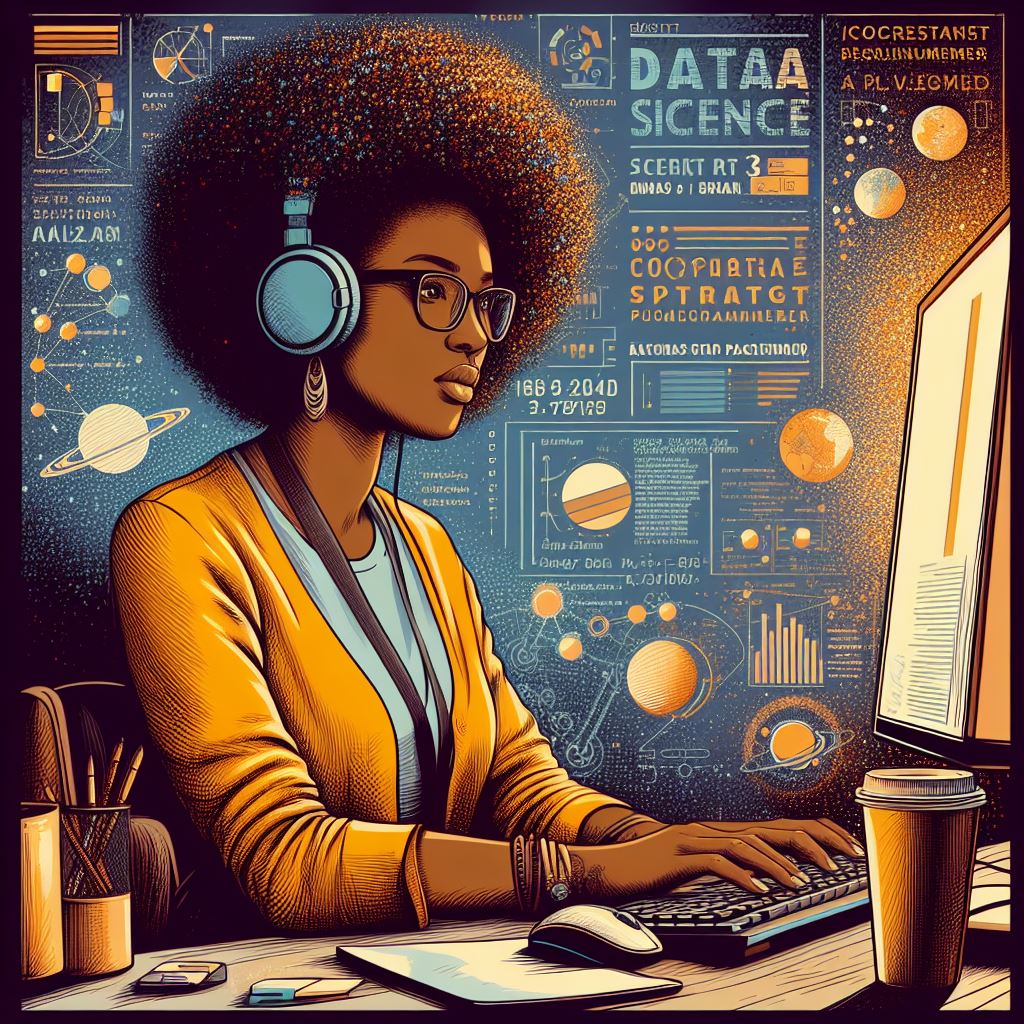Natural Language Processing (NLP) is a critical field of artificial intelligence (AI) that enables computers to understand, interpret, and generate human language in a way that is both meaningful and useful. NLP powers many of the applications we use today, from chatbots to voice assistants, and it plays a vital role in bridging the gap between human communication and machines.
NLP has evolved significantly over the past few years. Early NLP systems were rule-based, relying on predefined sets of linguistic rules to process language. These systems had limitations in terms of flexibility and scalability. However, with the advent of machine learning and deep learning techniques, NLP systems have become far more sophisticated and accurate. Modern NLP models, such as OpenAI’s GPT and BERT from Google, leverage large amounts of text data to train algorithms to perform tasks like text classification, sentiment analysis, and translation.
One of the core challenges of NLP is dealing with the complexities of human language. Words can have multiple meanings depending on context, sentences can be structured in various ways, and there are countless nuances in language, including slang and idiomatic expressions. To handle these challenges, NLP models utilize various techniques, including tokenization, part-of-speech tagging, and named entity recognition.
Tokenization is the process of breaking down text into smaller units, such as words or phrases, which can then be analyzed individually. Part-of-speech tagging assigns labels to words based on their role in a sentence (e.g., noun, verb, adjective), while named entity recognition identifies specific entities, such as names of people, locations, or organizations, in the text.
Another significant breakthrough in NLP is the development of transformers, a type of deep learning model that has revolutionized the way machines process language. Transformers are designed to handle long-range dependencies in text, allowing them to better understand context and generate more accurate predictions. The introduction of transformer-based models like GPT-3 has enabled machines to generate human-like text that can be used in a wide range of applications, including content generation, customer service, and even creative writing.
The impact of NLP extends far beyond chatbots and virtual assistants. In healthcare, NLP is used to extract valuable insights from medical records and research papers, improving patient care and decision-making. In business, NLP is employed to analyze customer feedback, identify trends, and automate customer support. Additionally, in education, NLP technologies are being integrated into personalized learning systems that adapt to students’ needs and preferences.
Despite the advances in NLP, there are still challenges to overcome. One of the primary concerns is the issue of bias. Since NLP models are trained on vast amounts of data, they can inadvertently learn and perpetuate biases present in the data. This can lead to undesirable outcomes, such as the reinforcement of stereotypes or discrimination in decision-making processes. Researchers are actively working to address these biases and create more ethical and fair NLP systems.
As NLP continues to advance, its potential applications are nearly limitless. From improving accessibility for people with disabilities to enhancing customer experiences, the possibilities are vast. The continued development of NLP technologies promises to revolutionize many industries, creating smarter and more intuitive systems that can truly understand human language.
5
